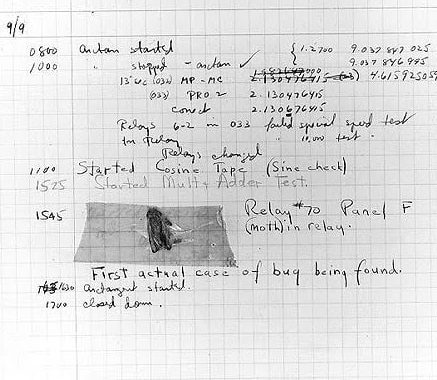This is going to be so cool! I’ll have a training session tomorrow on this, and then I’ll be running this system live for the first football game of the year. Thanks to the Faribault Booster Club and all its sponsors.
Author Archive: klier
Display Systems 19S-8 Vintage Eggcrate Display Clock
There was a reason that CBS and other television networks used these type of displays on game shows when they had bright studio lights to contend with. The light is piercing from these!
Tonight, I got 22 wires soldered on 22 pins to mate with a Molex connector on the back of each display. Both digits are now directly connected up to the relay board. The software I developed can display an arbitrary 2-digit number, and then count up or down from that number until it reaches 00 or 99.
This has been a cool project! I’ll probably try to make a more detailed video in the future on the parts I selected and how all this works together.
Check out how this display worked on “Classic Concentration” hosted by Alex Trebek in the late 1980s: https://www.youtube.com/watch?v=1izUPd87wmw
Display Systems 19S-8 Vintage Eggcrate Display
Logic and software I wrote is all good! The correct plug didn’t come for the displays so I’ll have to hook the rest up later, but this is super cool!
A relic and mainstay of all classic 80s gameshows…
Initial Test of a Display Systems 19S-8 Vintage Eggcrate Display (Light Bulb Matrix), common to television game shows of the 1970s-1990s.
This is one of two Display Systems 19S-8 eggcrate displays that I purchased from Surplus Sales of Nebraska. I plan to integrate both into a working count up/count down timer powered by a ESP8266 microcontroller module and a couple of relay boards.
This eggcrate display uses a common 28 volt DC power source on one pin. Then, depending on which pin the ground is connected, will light each of one possible digit: 1, 2, 3, 4, 5, 6, 7, 8, 9, 0 and $. It’s also possible to display strange characters by connecting multiple grounds between pins.
I plan to use a single 150 watt 12 volt DC power supply to power dual boost controllers that will output the needed 28 volts. The 12 volts is still needed for the relay boards. The ESP8266 module will be connected to a 5 volt DC output from the relay board.
In both displays, I only needed to replace one lamp upon receiving them. The lamp is a common 1820 mini-bayonet style incandescent.
It’s December 7th.
It was a sobering experience for Bethany and I to be on a ship in Pearl Harbor in February of 2013, but absolutely nothing compared to what people experienced here on today’s date in 1941. 9 quarts of oil still float to the water’s surface from the USS Arizona EACH DAY as a permanent reminder of the sacrifices made here 79 years ago. Bullet holes etched in the hangar glass on Ford Island are still visible today, telltale marks of the strafing from the Japanese Zeros. Let’s not forget the sacrifices military personnel and civilians made through World War II to lead our country and our allies to victory, allowing us all to continue to live the freedom we all take for granted from time to time.
2020..a year to be thankful for
2020 was a year to be thankful for.
“Oh really?” you might ask. What was possibly so good about this horrible, pandemic year?
I believe that 2020 taught us that the simple bonds are the most important. Bonds between one and their family, between one and their friends, and between one and their spirit. Helping one another out, enjoying simple times together when able.
It was the freedom, rather, “society’s permission” to explore a little out of our comfort zones. To pivot around in our lives which many of us may have been guilty of being complacent in. Each one of us found something new about ourselves to help build us into that person we want to become.
Grace. We know that not all of us have had a smooth go at it. And given these unique times, we’ve found the strength to be more flexible with our fellow man.
On a personal note, I can say that I am thankful for a short recovery from my injury back in June. It is a weakness of mine to not ask for help when sometimes I need it, and to those that offered that help, whether through task or encouragement, I am thankful for you.
2020. This year, we have more to be thankful for than ever.









